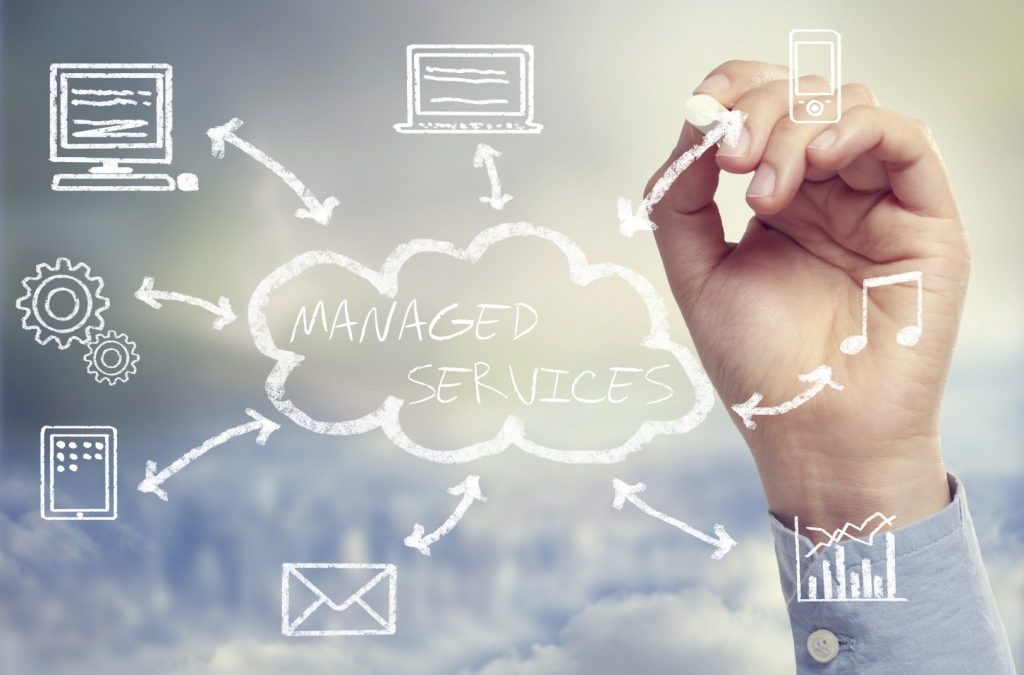Earlier this year the Canadian government took a crucial step by announcing that Shared Services Canada will be offering public cloud computing to the rest of the federal government. The move reflects the need to bring the public sector into the 21st century by using digital services that can maximize efficiency and improve accountability and accessibility.
One often overlooked area that can have a real and positive impact on the inner functions of public sector organizations is the process by which they manage travel and expense. Expense reporting is a critical aspect of fiscal management within any organization – but especially government bodies – and consumes a considerable amount of both time and resources. Better spend-management software results in increased compliance, improved decision-making and a clear picture for resource allocation, making it easier to focus on delivering better services to Canadians. Doing so will also expand the government’s ability to demonstrate financial transparency to the public.
In Canada, the private sector has led the way in terms of innovating their approach to spend management. A 2017 study from SAP Concur found that over 80 per cent of businesses in Canada have some form of accounts-payable automation, while 33 per cent are almost completely automated. However, within government most departments are still using antiquated processes to file their expenses. Using pen and paper or Microsoft Office applications like Excel to generate expense reports make these filings more difficult to track, prone to errors and vulnerable to waste and abuse. It’s especially problematic considering employee-initiated expenses are one of the largest controllable expenditures for governments at all levels.
Automating internal processes and turning to cloud-based systems is a simple and effective way to improve transparency—making it easy for financial managers to proactively disclose public-sector employee expenses related to travel and hospitality. With enhanced expense tracking, departments can also better control costs and reduce spending by adopting software-as-a-service solutions that require less IT involvement than legacy systems or developing an in-house solution.
Adoption of cloud-based automated expense management solutions can provide departments with clear financial benefits. In the private sector, Canadian businesses found that AP automation tools reduced their time spent on administrative work and ultimately reduced overall operating costs. In the cloud, employees can access and submit expenses from anywhere, making reporting faster and more accurate. While there may be budgetary concerns related to adoption of new expense management systems, automating spend-management systems can be done for a fraction of the cost of maintaining legacy systems and provides near-immediate return on departmental investments.
These benefits extend well-beyond financials. With a federal government committed to the ideals of accountability and transparency, cloud-based automated expense management solutions could help financial managers more easily take record of and report on all aspects over public sector employee spending. Automated expense solutions would offer complete visibility over a department’s spending, providing a greater understanding of a department’s transactions—from travel expenses to invoices and more. With such expansive access to spending data, departments can easily make proactive disclosures, ensuring that they’re able to meet the expectations of open government in a fast and accurate manner.
A better, more modern spend-management system in the federal government is not just about travel, expense reports or invoices. It’s about a connected, open ecosystem that allows departments to gain a more complete picture of spending, enrich employee experiences, improve decision-making with new insights, increase compliance and refocus resources on key objectives.
Victoria DeBoon is a Director at SAP Concur Canada.

